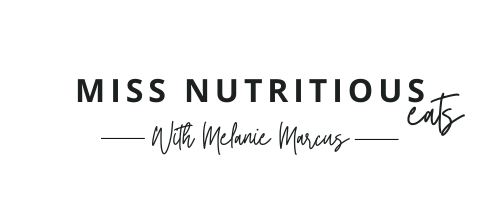How to eat bread for weight loss, according to a dietitian
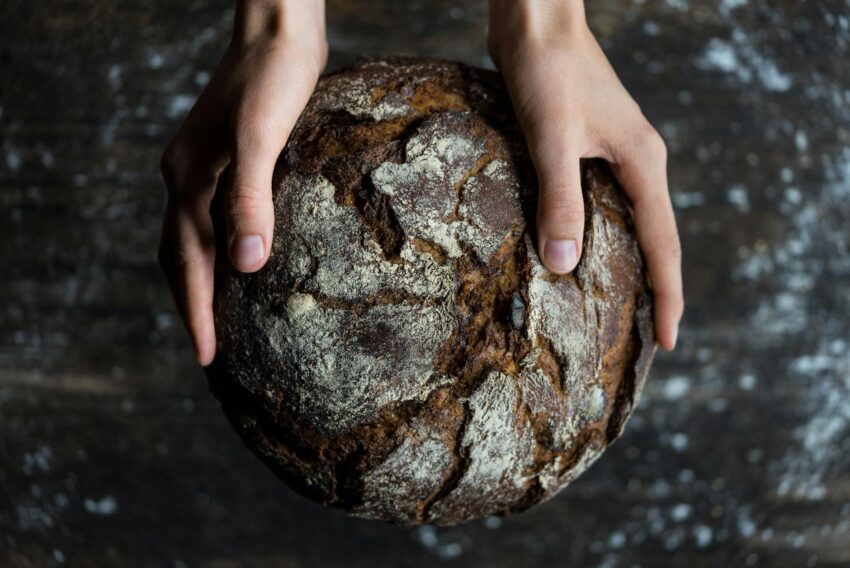
Carbs are a supercharged topic in weight loss, so many of my clients have avoided it for years for fear of gaining weight. But the truth is, bread can be part of a healthy eating plan, especially if you want it to be. Whether you’re a mom trying to lose a few pounds, a bread lover who can’t imagine life without it, or simply someone curious about the healthiest ways to enjoy carbs, this one is for you.
Table of contents
- Why do I encourage eating bread?
- Bread’s Nutritional Benefits
- Fast, Fresh & Fat-Loss Friendly! 🚀🥑
- Understanding Bread Types
- Specific Types of Bread for Weight Loss
- Is Gluten-Free Bread Better for You?
- Tips for Choosing the Best Bread
- Incorporating Bread into Your Day
- How to have the most control over your bread intake
- How much is too much bread?
- Unpopular Opinion:
Why do I encourage eating bread?
Mostly because if you are trying to live a healthy lifestyle, all foods fit. It is all about moderation and the long game. (plus your body really does need carbs to fuel your brain as well as your muscles during physical activity).
Bread can be part of a healthy diet, especially when choosing whole grain options. It provides valuable nutrients and can contribute to a feeling of fullness, which can support weight management.
– Melanie Marcus, Registered Dietitian
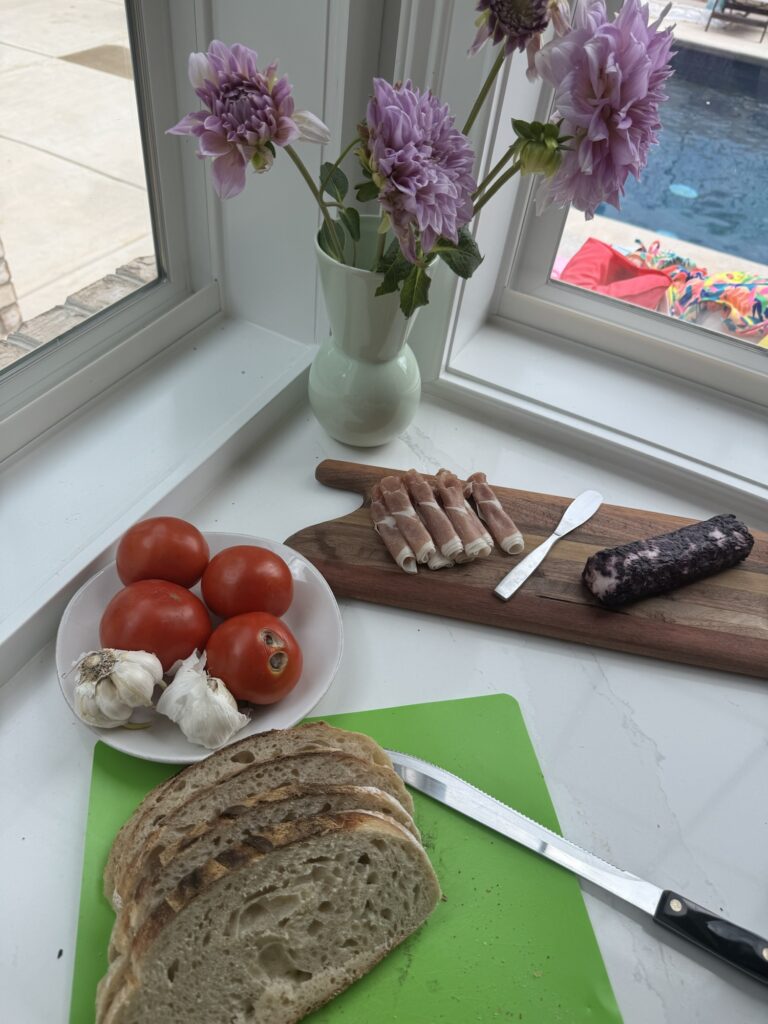
Bread’s Nutritional Benefits
Bread delivers carbohydrates, a primary source of energy for the human body and the brain! Bread offers other important nutrients like fiber, B vitamins, and essential amino acids too. However, not all types offer the same nutritional value and some may be ultra-processed bread, which should be avoided. The key is choosing the right type of bread and eating it in moderation, which is totally possible!
Personally, I would much rather eat a real bagel just once a year than have sub par bagels frequently. I’d also rather have a slice of homemade sourdough bread than any other white bread hands down.
Fast, Fresh & Fat-Loss Friendly! 🚀🥑
Kickstart your health journey with these 3 FREE guides—perfect for intermittent fasting, weight loss on the go, and jumpstarting fat loss. Grab yours and make healthy eating easier than ever! 💪
On The GO
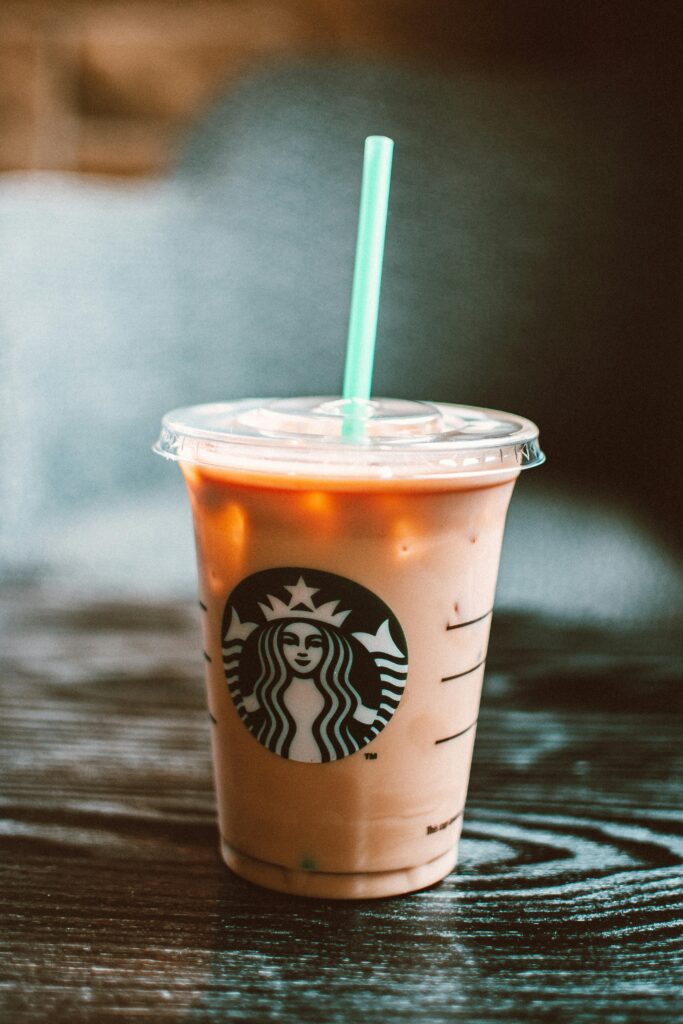
I love cooking, but it seems like with 2 school aged children, we are always on the go. Here are some of my go-tos.
Jumpstart Fat Loss
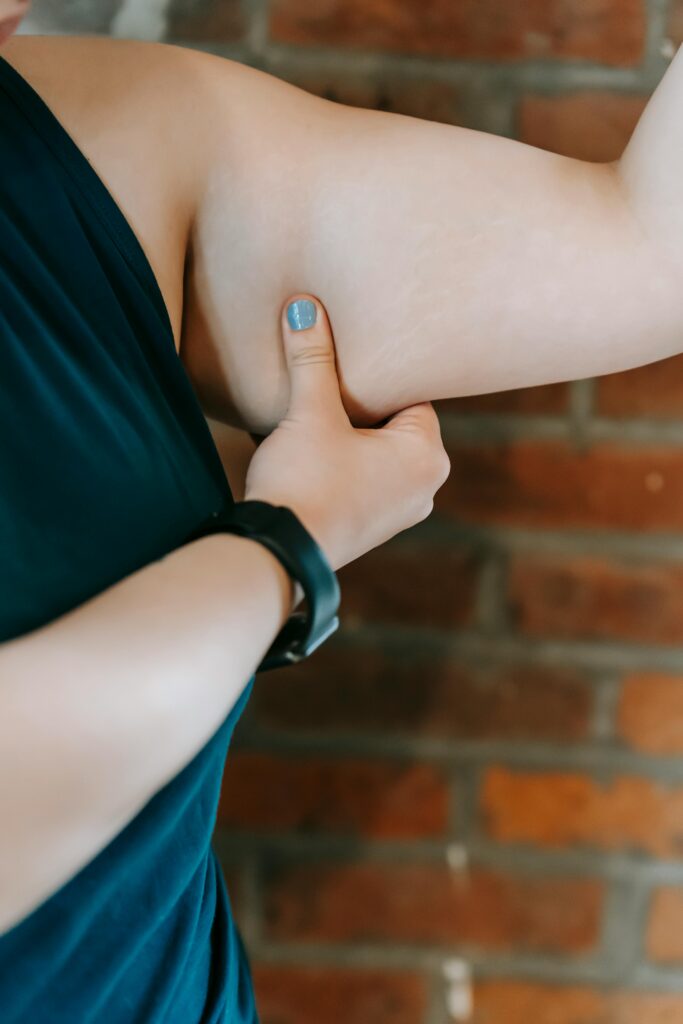
If your new year’s resolution isn’t delivering results, this fat loss guide is for you. Start feeling the difference right away 🙂
Understanding Bread Types
Whole Grain vs. White Bread
Whole-Grain Bread and whole-wheat bread are your best choices for weight loss. These varieties offer higher fiber content, which helps with digestion and keeps you feeling full longer. They’re heartier and more flavor IMO. On the other hand, white bread is made from refined grains or white flour that strip away essential nutrients and fiber, leading to blood sugar spikes and crashes.
Low-Calorie Bread vs. Regular Bread
You may think low-calorie bread can be a good option if you’re looking to reduce calorie intake, but this bread is way more processed. And personally, I don’t recommend it as a general rule. It has fewer calories, so isn’t quite as satisfying and when you take a look at the ingredients list- it’s usually filled with difficult to pronounce ingredients and often little natural fiber or vitamins. One of the main principles in the FASTer Way to Fat Loss (FW or FASTer Way) is Whole Food Nutrition to fuel our body properly for fat loss.
Join my next 6 week challenge!
Tired of endless diets and no results? Join the FASTer Way to Fat Loss and see real, sustainable changes in just 6 weeks!
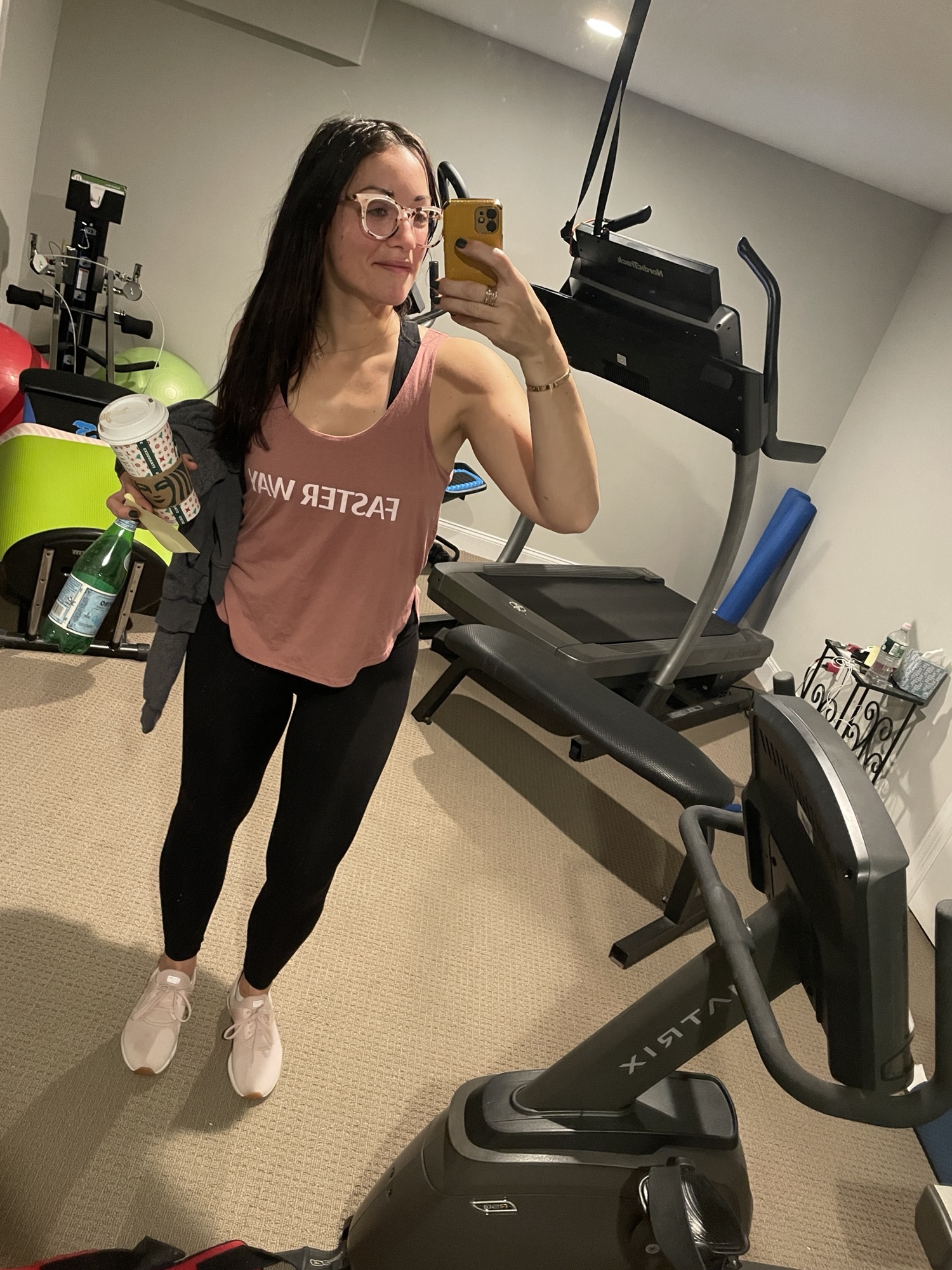
Specific Types of Bread for Weight Loss
The grocery store bread aisle can be overwhelming, here are a few of my favorites.
- Sourdough Bread: Naturally fermented, offering better gut health benefits due to its lower glycemic index.
- Ezekiel Bread: Made from sprouted grains, providing more protein and fiber than regular bread.
- Dave’s Killer Bread: High in fiber and protein while using organic ingredients and minimal added sugar.
- Joseph’s Whole Wheat Pita: Just half a pita is 90 calories and has great amount of both fiber and protein. I keep these in my freezer for a quick lunch with turkey on most work days. And thanks to their higher fiber content, I can usually make them work into a low carb day.
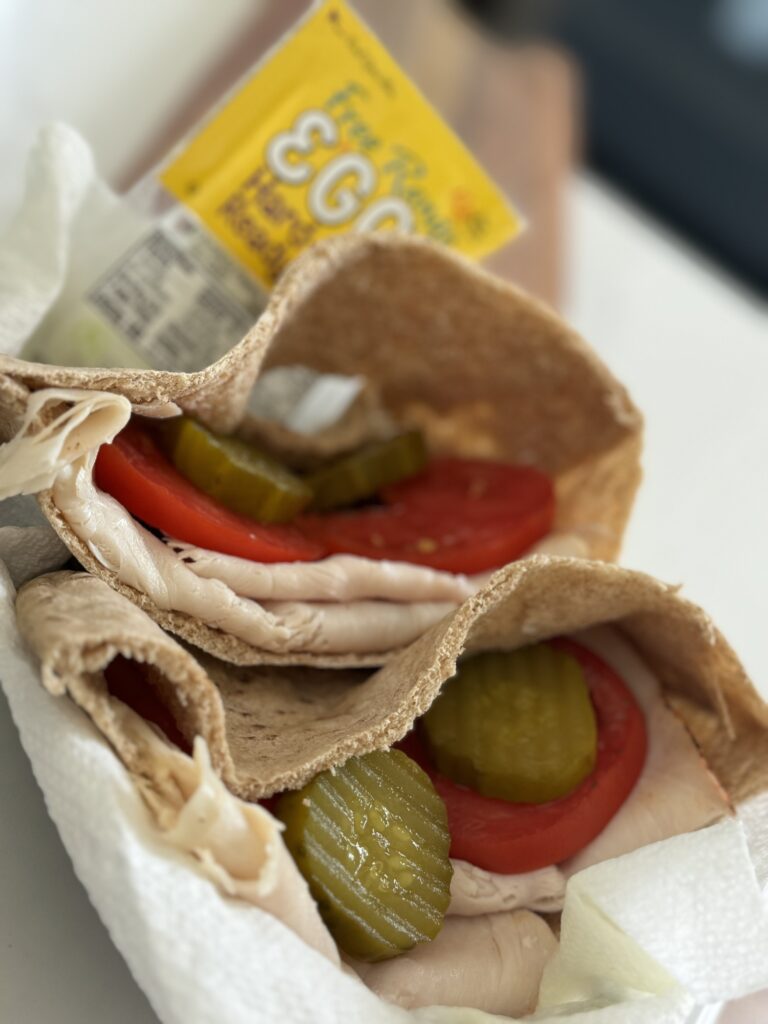
Is Gluten-Free Bread Better for You?
This depends on your individual dietary needs and health conditions. If you have celiac disease or gluten intolerance, gluten-free bread is essential as it prevents adverse reactions and long-term health issues associated with gluten consumption. However, if you don’t have gluten sensitivities, the benefits of gluten-free bread are less clear. While some gluten-free breads offer excellent nutritional profiles, others may lack essential nutrients like fiber, vitamins, and minerals. Additionally, some commercially available gluten-free breads are high in sugar and additives, which can detract from their potential health benefits. Ultimately, the best choice is a bread that aligns with your specific health requirements and dietary preferences, which means looking for a gluten-free option that is rich in nutrients and low in unnecessary additives.
Tips for Choosing the Best Bread
The type of bread you choose matters. Whole grain varieties offer more fiber, which helps with digestion and can help you feel full longer, supporting your weight loss goals.
- Check the Ingredient List: Look for bread where the first ingredient is whole grain or whole wheat flour.
- Avoid Added Sugars and Preservatives: Opt for breads with minimal added sugar and no high fructose corn syrup.
- Look for High Fiber Content: Choose breads with at least 3 grams of fiber per slice.
- Consider Portions: Even the healthiest breads should be eaten in moderation. Stick to one or two slices per meal.
- Timing Matters: Consuming bread in the morning can provide sustained energy throughout the day, avoiding late-night carb loading that can lead to weight gain. Which is why I like intermittent fasting.
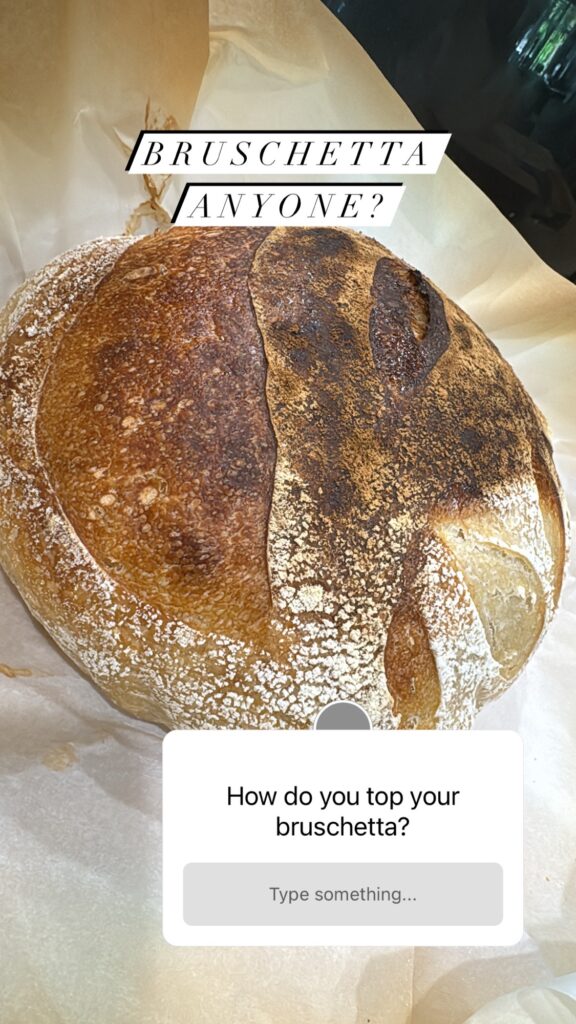
Incorporating Bread into Your Day
Breakfast Options
- Whole Grain Toast with Avocado or Poached Egg: A great way to start your morning with healthy fats and protein.
- Sourdough Toast with Cottage Cheese and Tomato: A combo that will keep you energy level high no matter what time you break your fast.
- Peanut Butter on Whole Wheat Bread with Mashed Raspberries: Add some fruit for a nutrient-packed breakfast.
Lunch and Dinner
- Open-Faced Sandwiches: Use whole grain or sourdough bread topped with lean proteins and plenty of vegetables.
- Healthy Side: Pair a slice of crusty bread with veggie-rich dishes like cauliflower bake or ratatouille.
Snacks
- English Muffins with a healthy spread like almond butter or hummus.
How to have the most control over your bread intake
If you are counting macros or just don’t want to consume too much bread, this tip is for you and it is so simple. Don’t buy pre sliced bread. Instead, choose a sprouted-grain bread, or any kind of bread you prefer, I love a crusty multigrain bread called Harvest Loaf that I get at my local Harris Teeter. Then slice it to meet your needs. You can slice thinner pieces for paninis or toasts, or a heartier slice of bread to dip into soup. You simply have more control than whatever the store pre-slices for you, with the benefit of having the flavor that you really like.
Never eat bread alone. Always have it with a protein and healthy fat to keep you from going back for another slice.
Join my next 6 week challenge!
Tired of endless diets and no results? Join the FASTer Way to Fat Loss and see real, sustainable changes in just 6 weeks!

How much is too much bread?
Let’s start by saying, a healthy diet and lifestyle is all about balance. I find the best way for my clients to start incorporating foods such as bread and pasta into their diet is by becoming more aware of portions and tracking food with an app like My Fitness Pal or FASTer Way to Fat Loss. When you become a client I help set your carbohydrate goals for each day and then work with you to tweak your intake to help lose body fat while including foods that you enjoy eating. Usually by week three clients are feeling confident in food choices and tracking them easily while losing visceral fat!
When it comes to weight loss, portion control is key. Enjoying a slice or two of high-quality, whole grain bread can fit into a balanced diet, but be mindful of your portions and overall daily calorie intake.
– Melanie Marcus, RD
Unpopular Opinion:
Eating bread during weight loss doesn’t mean giving up your favorite carb entirely. By making smart choices and incorporating bread into a balanced diet, you can enjoy its benefits without derailing your weight loss goals. Always consult with your health care provider or a registered dietitian to tailor a plan that suits your specific needs.
For more personalized advice and to start your weight loss plan, consider sending me an email to chat through you’re specific concerns. Learn more and take the first step towards a healthier you!
By following these guidelines, you can confidently enjoy bread as part of a nutritious and satisfying diet. Remember, the key is to make informed choices and maintain balance in your diet and lifestyle.

